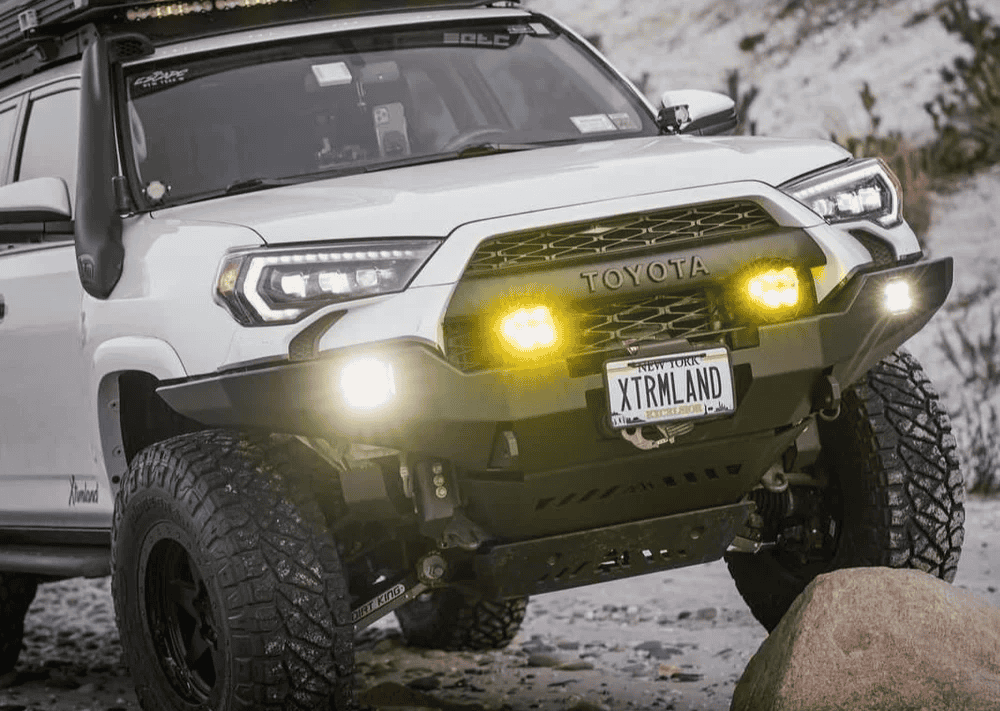Overland Vehicles

A trustworthy truck conversion estimate is a roadmap. It translates your goals, like backcountry travel or mobile work, into labor, parts, and time. The document should itemize materials, define labor hours per task, and call out any specialty fabrication. The clearer the estimate, the fewer surprises later.
Scope drives cost. A lightweight adventure setup with a bed rack, drawer system, auxiliary power, lighting, and a simple water kit lands differently than a full scale overland build with long range power, onboard air, suspension tuning, armor, and a cab to canopy pass through. The estimate should reflect the intended terrain, payload, and duty cycle.
Materials matter. Line items should list brands and part numbers or equivalent standards, from suspension components to inverters, wire gauge, and connectors. Hardware choices like marine grade wire, sealed connectors, and stainless fasteners add cost up front but reduce failures on the trail.
Finally, the estimate should explain integration. Electrical diagrams, mounting strategies, and load calculations show how the system will work as a whole. A builder who documents integration is protecting your investment.
Labor is usually estimated in hours per task multiplied by a shop rate. Tasks include teardown, test fitting, wiring, fabrication, finish work, and quality checks. Complex electrical work demands more time, especially when routing cables cleanly, terminating correctly, and documenting circuits for service.
Materials include major components plus consumables. Expect separate lines for heat shrink, loom, terminals, rivnuts, adhesives, sealants, paint, and hardware. Good estimates also include shop supplies and disposal fees where relevant. Transparent parts pricing helps you compare quality tiers rather than just totals.
Contingency belongs in every complex build. Rust discovery, hidden collision damage, or supplier backorders can require extra hours or alternative parts. A small allowance keeps momentum without constant approvals for minor shifts, while larger changes should trigger a written change order.
Lead times influence schedules. Specialty shocks, custom leaf packs, or CNC cut parts may require weeks. Your estimate should list long lead components and note whether they are ordered at deposit or after final design approval.
Start with use cases. How many nights off grid, typical cargo weight, climate range, and recovery expectations all shape the spec. Define must haves versus nice to haves to control scope creep. Provide measurements for gear like bikes, boards, and totes so storage is planned around real items. Photos of the truck and any previous mods help the builder allocate time for teardown or correction.
Ask for apples to apples details. Two estimates that both say dual battery can hide major differences in chemistry, charge strategy, and protection. Request an itemized list with model numbers or performance targets so you can match value against cost. Confirm warranty on parts and workmanship and how post build support is handled.
Evaluate integration quality. Neat looms, labeled circuits, serviceable fuse locations, and documented wire maps save time later. Mounting strategies should use existing holes where possible, or specify reinforcement and corrosion protection for new penetrations.
Clarify payment triggers and milestones. Common structures include deposit, design approval, parts ordering, mid build progress, and final handoff. Make sure the timeline accounts for shipping buffers and test time, not just installation hours.
Turn a ballpark number into a precise plan by locking your spec and approving a parts list. Review diagrams for electrical and layouts for storage before anything is ordered. Schedule a pre install walkthrough to confirm mounting points and switch locations. Finish with a shakedown checklist so you know what is tested, from charge rates to drawer latches.
If your goal is a capable trail rig with thoughtful storage and reliable power, explore Overland Rigs to see how complete packages translate into clear estimates and tested outcomes. For specialized projects, a detailed scope like the one used in Custom Overland Upfit will map line items to your terrain, payload, and timeline. Curious about working style and build quality standards before you request numbers? Start with Why Choose OZK Customs.
OZK Customs builds in Fayetteville, Arkansas, and approaches estimates with the same care used in final assembly. Expect measured labor, documented parts, clean wiring, and a handoff that teaches you how every system works. Whether you are planning a modest utility setup or a long range expedition platform, a clear estimate is the first milestone toward dependable miles.
To move forward, outline your must haves, share your truck details, and define your trip goals. We will translate that into a transparent estimate and a realistic schedule so you can launch with confidence.
Ready to price your build without guesswork? Send your wish list and timeline to OZK Customs. We will translate your goals into a transparent scope, line item estimate, and realistic schedule so you can move from idea to keys in hand.
ADDRESS:
6159 E Huntsville Rd, Fayetteville, AR 72701
PHONE:
(479) 326-9200
EMAIL:
info@ozkvans.com